In the world of golf, mastering the stinger shot can set you apart from your peers. A low and piercing strike, this shot technique is not just a flashy move; it’s a practical tool that can be employed in various scenarios—be it windy conditions, tight landing zones, or simply maximizing distance on shorter holes. In this comprehensive guide, we’ll unpack every detail about how to hit a stinger, from understanding its mechanics to practicing effectively, ensuring that you have all the knowledge needed to add this powerful shot to your golfing arsenal.
Understanding the Stinger Shot
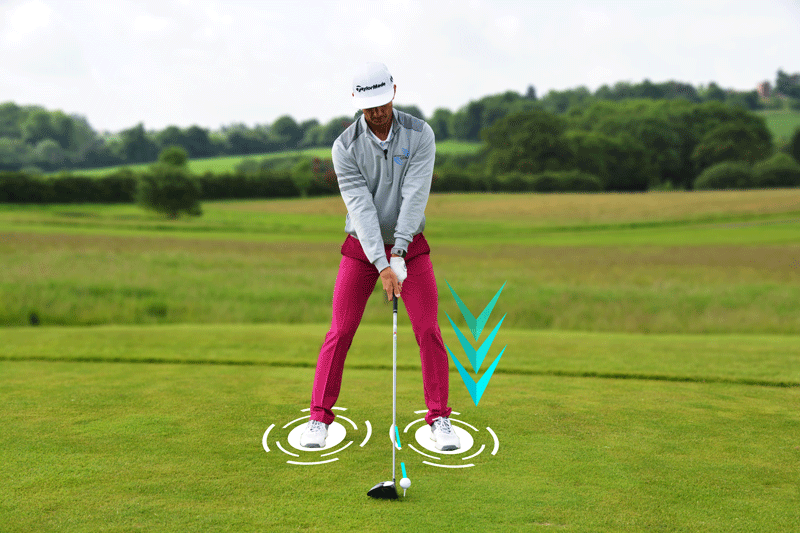
The stinger shot is often seen as a hallmark of seasoned golfers who understand how to utilize trajectory to their advantage. It is characterized by a low flight path that minimizes air resistance, allowing the ball to cut through wind with remarkable efficiency. Whether you’re battling headwinds or trying to navigate around obstacles, the stinger becomes an invaluable asset.
The Mechanics of a Stinger Shot
At its core, the stinger shot involves hitting down on the ball to produce a lower launch angle. This downward strike creates a unique spin dynamic, resulting in a powerful and controlled shot that stays close to the ground. Such a trajectory is particularly useful when there are trees or other obstacles overhead that may interfere with a higher shot.
The unique benefits of stingers extend beyond mere aesthetics; they are effective in maintaining distance while offering more control. When hit well, a stinger shot can roll out significantly further than a standard shot due to its reduced spin and lower drag, making it a strategic weapon on the course.
Situations Favoring the Stinger Shot
From amateur courses to professional championships, the need for a stinger arises in diverse scenarios. For instance, during strong winds, a low-flying shot can help minimize the impact of gusts and maintain accuracy toward the target. This is especially relevant when aiming for greens protected by bunkers or hazards, where precision is paramount.
Furthermore, the stinger is instrumental in avoiding high-risk situations. When faced with narrow fairways or tight entry points into greens, opting for a stinger allows you to take a more aggressive line without worrying about going over your target. Mastering this skill opens up new avenues for risk management in your game.
Grip and Stance for a Stinger
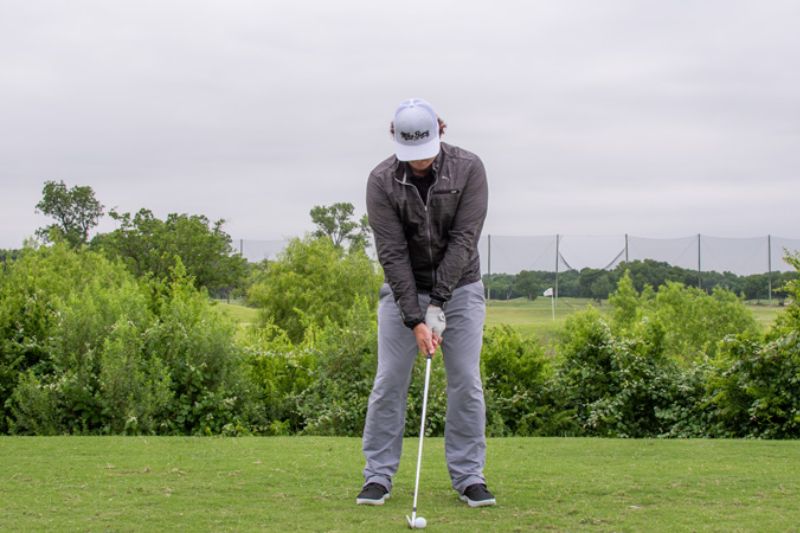
When it comes to executing a stinger shot, the grip and stance play pivotal roles. Adjusting these elements prepares you for a successful swing, enhancing your ability to control the shot’s trajectory and outcome.
Adjusting Your Grip
To execute a stinger effectively, consider adopting a slightly stronger grip than usual. Rotating your hands inward increases the angle and aids in delivering a powerful downward swing motion. A firmer grip helps ensure that the clubface remains stable at impact, which is crucial for achieving the desired low trajectory.
Moreover, using a neutral grip reduces the chance of the clubface opening too much, which can lead to a higher ball flight. Ensure that you’re comfortable with this adjustment; experimenting on the range before integrating it into your game can build confidence.
Stance Considerations
A slightly narrower stance compared to your typical setup is beneficial for hitting stingers. This compact stance promotes better balance and enables a more controlled swing. Additionally, leaning your weight forward towards the target encourages a downward swing plane, essential for achieving that penetrating flight path.
While you want to feel grounded, also allow yourself some flexibility within this stance. Being rigid can hinder your swing dynamics, so maintain a level of comfort to help facilitate the necessary movement through your shot.
Swing Technique for Hitting a Stinger
Perfecting the swing technique for a stinger shot requires a nuanced approach, focusing on controlled mechanics rather than sheer power. It’s important to emphasize the importance of a compact swing to improve accuracy and consistency.
Backswing Dynamics
Start the backswing with a shorter, more controlled motion. Keeping the clubhead lower to the ground prevents the club from rising too high, which could inadvertently increase loft and negate the low trajectory you’re after. Avoid excessive wrist hinge during this stage; the key is to maintain a steady and deliberate takeaway.
During the backswing, focus on feeling the connection between your body and the club. Concentrate on moving your shoulders rather than overextending your arms. The goal is to create a smooth transition that sets you up for a strong downswing.
Initiating the Downswing
To initiate the downswing, engage in a powerful downward motion, keeping the wrists firm and the clubhead low. This downward swing path is critical for achieving a low launch angle. Think of driving the clubhead down towards the ball rather than pulling it back to the sky, as this directional focus can greatly influence the shot’s trajectory.
Additionally, bringing your hips into play will enhance your swing dynamics. Engaging your core can create an explosive motion that translates into speed and control through the impact zone. As you reach the bottom of the swing, ensure you don’t lose your posture; maintaining alignment is key for consistent contact.
Impact and Follow-through
Impact is where all the preparation culminates. Aim to strike the ball slightly lower on the clubface, ideally near its bottom edge. This contact point imparts a compressed ball flight, reducing the chances of hitting a fat shot. Focus on striking the ball with a clean, precise sound; this indicates you’ve achieved solid contact.
As you follow through, keep the club low and close to the ground. A controlled follow-through reinforces the downward swing motion and ensures a consistent result. Consciously think of finishing in a balanced position, which conveys that you’ve maintained control throughout the swing process.
Ball Position and Club Selection for a Stinger
Understanding ball position and appropriate club selection will bolster your ability to consistently hit stinger shots. These elements directly influence your swing dynamics and overall success in executing the shot.
Optimal Ball Positioning
Positioning the ball slightly further back in your stance compared to normal is essential for a stinger shot. This adjustment promotes that crucial downward strike, ensuring you catch the ball cleanly and achieve a low launch. The goal is to make contact with the ball before the ground, enhancing the stinger’s effectiveness.
Experimentation is key here; don’t hesitate to adjust the ball’s position depending on the specific lie or situation on the course. Finding the sweet spot for each unique scenario will hone your skills and bolster your confidence.
Choosing the Right Club
Selecting the right club is equally vital when attempting a stinger. While typically opting for a club suited to the distance you wish to achieve, consider choosing one with a slightly stronger loft than you would for standard shots. A 3-iron or 4-iron is often favored for stingers, but practice determining what feels best for you.
Familiarizing yourself with the characteristics of different clubs will aid in making informed decisions during gameplay. Understanding how each club interacts with the ball can provide better predictability when aiming for specific carry distances or trajectories.
How to Hit a Stinger
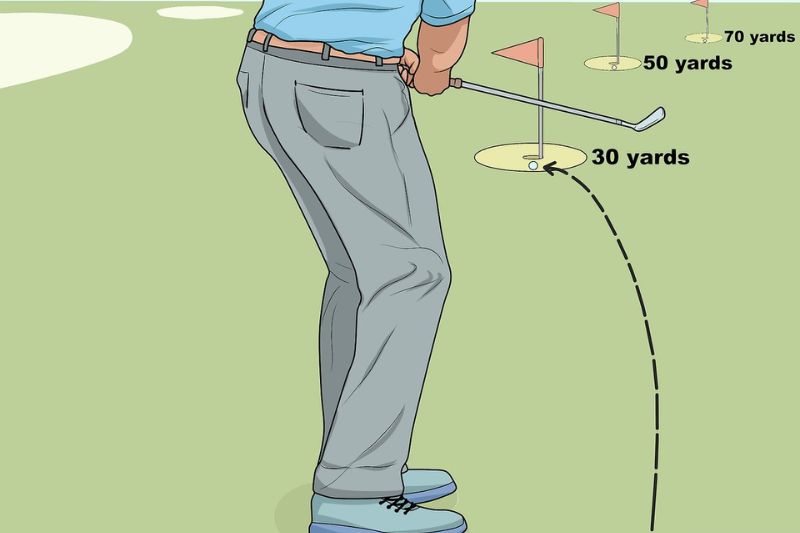
Mastering the stinger shot requires dedicated practice. Simply knowing the mechanics won’t suffice; effective training will help solidify your technique and ensure that you can execute the shot under pressure.
Focusing on Swing Path
One of the most crucial aspects of practice is honing the correct downward swing path. Use a driving range or practice area with designated targets to visualize your intended ball flight. Regularly practicing this shot will enhance muscle memory, reinforcing the proper movements required for execution.
Consider incorporating drills that emphasize swing rhythm and tempo into your routine. Maintaining a smooth and controlled tempo during your swing will enable you to harness the power needed for effective stingers.
Emphasizing Impact
Practicing impact is vital for achieving the desired low launch. Work on striking the ball slightly lower on the clubface with regularity. You can use impact tape or foot spray to observe where you are making contact on the face. This feedback allows you to make necessary adjustments to ensure consistent results.
Pay attention to the sound and feel of impact. A crisp, solid sound will indicate that you have effectively made contact at the optimal point on the clubface. Listen for this auditory cue to reinforce your learning.
Experimenting with Ball Position
Don’t shy away from experimenting with various ball positions within your stance. Finding the optimal placement for hitting consistent low shots may take time, but it’s worth the effort. Different lies, angles, and conditions can affect ball positioning, so be adaptable as you practice.
Engage in sessions dedicated specifically to ball position adjustments. Track how changes affect your swing dynamics and trajectory outcomes to develop an intuitive understanding of how each factor contributes to a successful stinger shot.
Common Mistakes to Avoid When Hitting a Stinger
Even seasoned players can stumble upon common pitfalls when attempting stinger shots. Being aware of these mistakes can save you time and frustration during practice and play.
Over-swinging Issues
One of the most significant mistakes is over-swinging, which often results from trying to exert too much force. Rather than swinging harder, focus on maintaining control and rhythm. An exaggerated motion can lead to erratic ball flights and inconsistent contact.
Think of your stinger shot as a controlled strike rather than a long-distance bomb. Consistency is achieved through finesse rather than brute strength, so concentrate on your mechanics instead of sheer power.
The Perils of Excessive Wrist Hinge
Another common issue is excessive wrist hinge during the backswing. This can inadvertently raise the clubhead, leading to a higher ball flight, which undermines the low trajectory you seek. Cultivating awareness of your wrist position during practice will help mitigate this problem.
Work on developing a more stable wrist position throughout your swing. Utilizing drills that emphasize keeping your wrists firm can aid in minimizing unwanted hinge and promote a more consistent, lower launch.
Misplaced Focus on Loft
While it’s easy to get caught up in the specifics of club loft, relying solely on loft can mislead your shot execution. Remember that the swing path is a crucial determinant of the ball flight. Prioritize maintaining the correct swing dynamics over merely selecting a club based on loft alone.
Emphasize the relationship between swing path and loft during practice. Understanding how these elements work in tandem will foster better decision-making during play.
Using the Stinger Shot in Different Situations
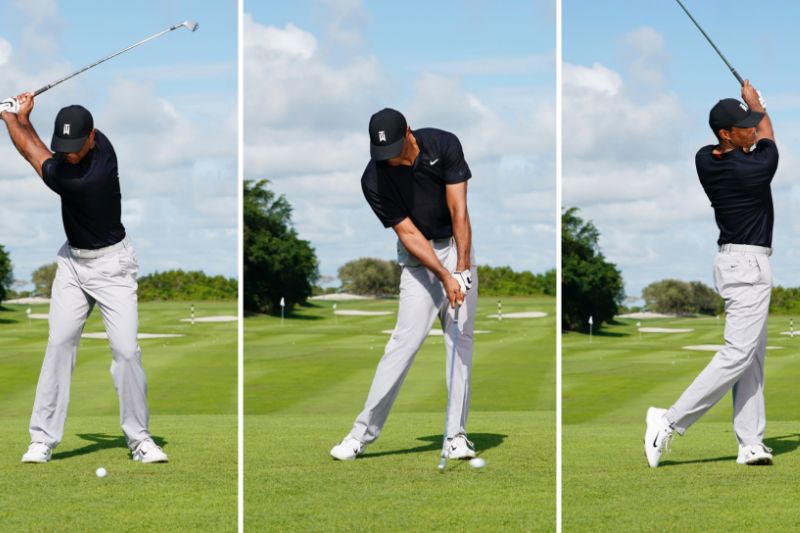
The beauty of the stinger shot lies in its versatility across various golfing contexts. Recognizing when to employ this shot can enhance your decision-making on the course.
Battling High Winds
One of the most advantageous applications for a stinger shot is when facing strong headwinds. The low trajectory allows the ball to penetrate through the air, mitigating the effects of gusts that might otherwise derail a high shot.
When confronted with such conditions, mentally prepare yourself to commit to the stinger. Knowing you possess a reliable option can alleviate anxieties about unpredictable weather, granting you the confidence to continue attacking the hole.
Navigating Tight Landing Areas
Tight landing areas often necessitate precision, making the stinger an ideal choice. By employing a lower flight, you can land the ball more softly and control its roll-out, improving your chances of avoiding hazards.
Visualize the shape of your shot as you approach tight gaps, taking care to assess your surroundings before making a commitment. Your ability to manage the shot’s trajectory can offer a significant tactical advantage.
Maximizing Distance on Shorter Holes
On shorter holes, a stinger shot can still yield great rewards. The lower flight allows the ball to roll out further after landing, potentially turning what seems like a straightforward hole into an opportunity for a greater score.
Identify potential spots where you can leverage the stinger’s capabilities. In doing so, you’ll expand your repertoire and begin to see opportunities where others may only see limitations.
Conclusion
Mastering the stinger shot is an enriching endeavor that elevates your golfing prowess. As you grasp the fundamentals of grip, stance, swing technique, and targeted practice, you unlock the capabilities of this powerful low-trajectory shot. Consistent practice and attention to detail will augment your skills and confidence on the course. By integrating the stinger shot into your repertoire, you gain the flexibility to adapt to changing conditions, enhance your shot-making abilities, and strategically outmaneuver your competition. Embrace the challenge of perfecting the stinger shot, and watch as it transforms your game for the better.
FAQs
What is a stinger in golf?
A stinger is a low, penetrating shot that travels straight and minimizes the effects of wind, typically hit with a driver or long iron.
How do I position the ball for a stinger?
Position the ball slightly forward in your stance, closer to your left foot (for right-handed golfers) to promote a downward angle of attack.
What grip pressure should I use when hitting a stinger?
Maintain a firm grip on the club, but avoid excessive tension. A relaxed grip allows for better clubhead speed and control.
When should I use a stinger shot?
Use a stinger off the tee on tight fairways, in windy conditions, or when approaching the green on long par 3s.
How can I practice hitting a stinger?
Practice with a tee set lower than usual, use an impact bag to reinforce proper mechanics, and record your swing for analysis.
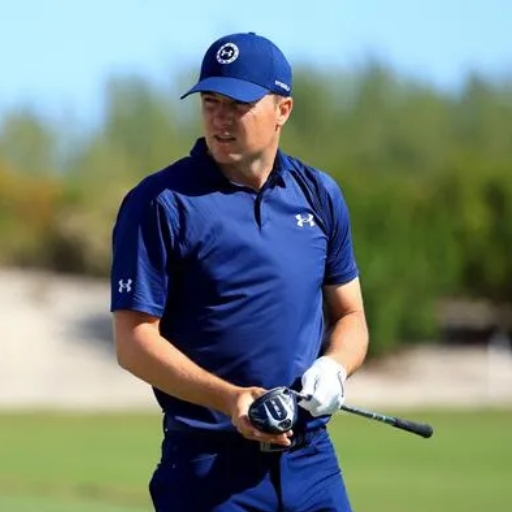
I am the owner of Ricks Golf Shop, a popular destination for golf enthusiasts. My passion for golf began in my teenage years and has only grown over the years. With over 10 years of experience in the golf industry, I offer expert advice and quality products. With a friendly demeanor and extensive knowledge, I ensure every customer leaves happy.
